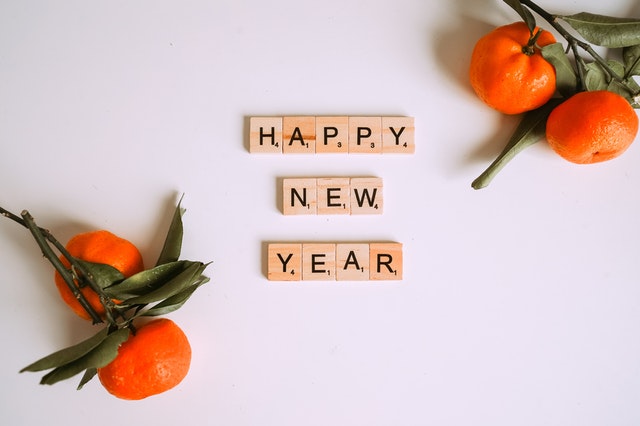In this lesson, we’d learn to say dates in Vietnamese, such as 12/09/2012.
This lesson would rely on our previous lesson on how to say days of the week in Vietnamese so
if you are not very confident yet, do take a quick review that lesson before continuing with this lesson.
Saying Month in Vietnamese
The Vietnamese word for month is tháng.
And similar to the way we say days of the week, months are also numbered from 1 to 12 with
January assigned number 1, February: 2 and so on till December: 12.
Months in Vietnamese
| January |
Tháng giêng (also: tháng một) |
| February |
Tháng hai |
| March |
Tháng ba |
| April |
Tháng bốn (also: tháng tư) |
| May |
Tháng năm |
| June |
Tháng sáu |
| July |
Tháng bảy |
| August |
Tháng tám |
| September |
Tháng chín |
| October |
Tháng mười |
| November |
Tháng mười một |
| December |
Tháng mười hai |
As can be seen from the above table, there are only 2 notes to take.
The first one is about January, which some people, usually the older generations,
call tháng giêng.
Saying tháng một for January is perfectly fine.
The other small note is about April: which can said tháng bốn or tháng tư.
This is not really an exception because the number 4 in Vietnamese can be referred to as
bốn or, less commonly these days, tư.
Saying Day of the month
To say the 23rd of a month in Vietnamese: simply use the wordy for day, which is ngày, + [number]
Day of the month in Vietnamese
Ngày + [Number (1 – 31)]
Saying Year in Vietnamese
The word for year in Vietnamese is năm.
So to say 2012: năm 2012
Saying Date in Vietnamese
Having learned how to say day of the month, month and year,
you’re now completely ready to say dates in Vietnamese.
How do we say 12/09/2012 in English?
Well, before we can say it, we need to know what it means by writing “12/09/2012”.
It seems that in Britain or Australia, “12/09/2012” refers to September, 9th, 2012 while in America this would refer to September, 9th, 2012.
In Vietnamese, we’ll interpret a date using the format: dd/mm/yy(yy), the same as the British/Australian way.
While we can say interchangeably the twelfth of September, 2012 or September, the twelfth, 2012 in English,
in Vietnamese it’s almost always said in the order of [day of the month], [month], [year]
Saying Dates in Vietnamese
Ngày + [Number (1 – 31)] + tháng + [Number (1 – 12)] + năm [Number]
Let’s doing some exercises.
How do you say “12/09/2012” in spoken form?
It’s ngày mười hai tháng chín năm hai nghìn không trăm mười hai.
The table below shows you the details.
| 12 |
/09 |
/2012 |
| ngày mười hai |
tháng chín |
năm hai nghìn không trăm mười hai |
If you need to review how to say numbers in Vietnamese,
the automatic Vietnamese number speller is always there to help.
How about “Wednesday, 04/July/2012”? It’s thứ tư ngày bốn tháng bảy năm 2012.
Summary
- To say month in Vietnamese: tháng + [a number from 1 – 12]
- To say day of the month: ngày + [a number from 1 – 31]
- To say date in Vietnamese: [day of the week] + [day of the month] + [month] + [year]
